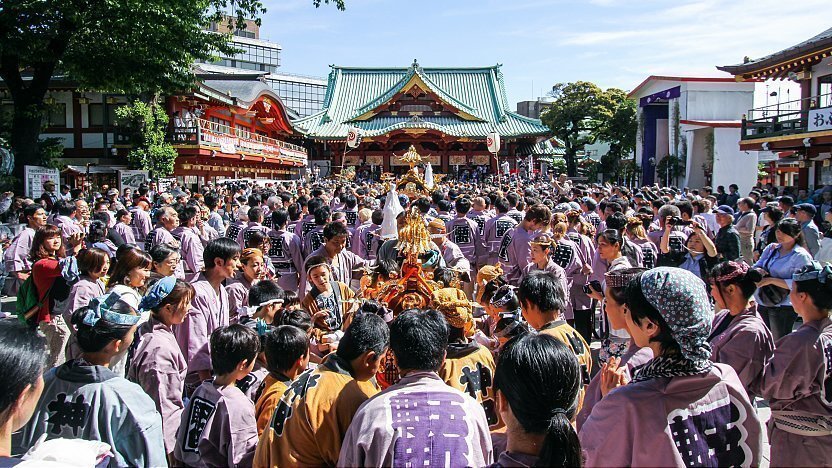If you’re in Japan during the spring time, you might be lucky enough to catch Japan’s renowned cherry blossom season. The arrival of the cherry blossoms signifies the start of spring in Japan. It’s so significant that there are cherry blossom forecasts and festivals to prepare for this event. The cherry blossoms only last for about a week so the timing is key on when you are able to see them.
Some of the best spots to see cherry blossoms are at the Ueno Sakura Festival at Ueno Park, Chiyoda no Sakura Festival at Yasukuni Shrine and at the Meguro River. Other spots include parks and gardens which are listed in our Destination Guide for great cherry blossom spots. For more information on Ueno Park and Yasukuni Shrine, click to find out more.
Photo credit: Nippon
Locations: Ueno Park, Chiyoda no Sakura Festival at Yasukuni Shrine, Meguro River
Dates: Late March to early April
Website: N/A
Below are the map locations for Ueno Park, Yasukuni Shrine and Meguro River in relative order.















